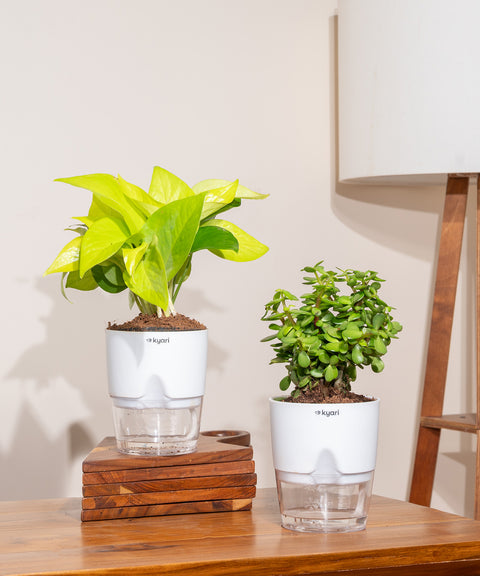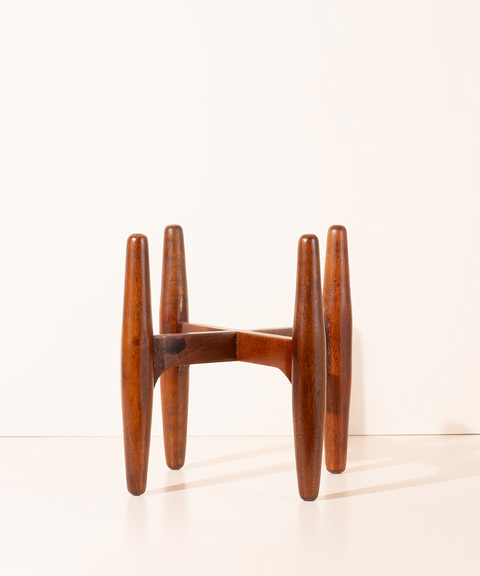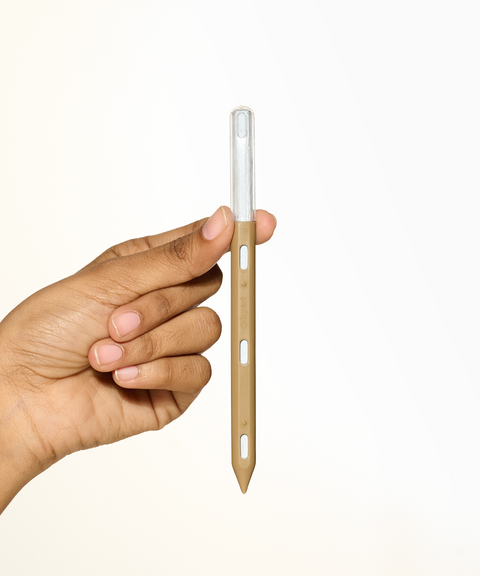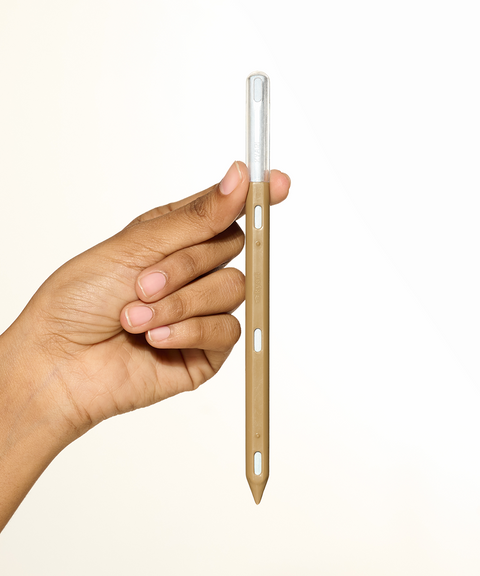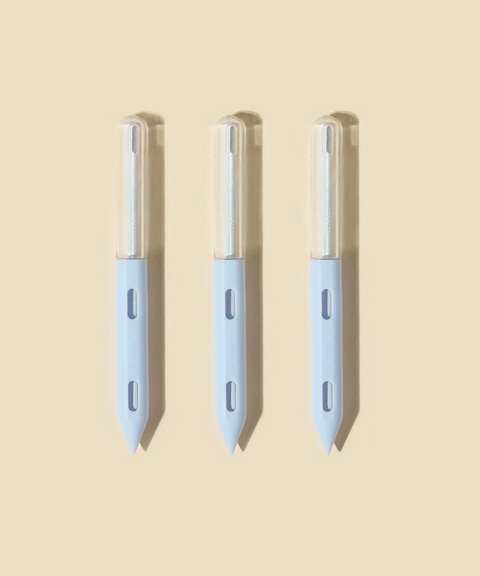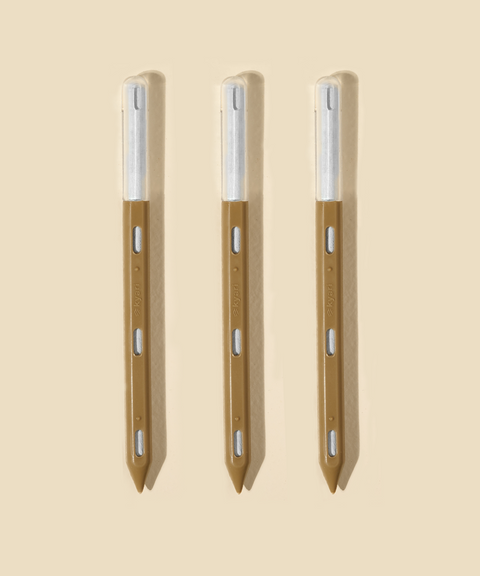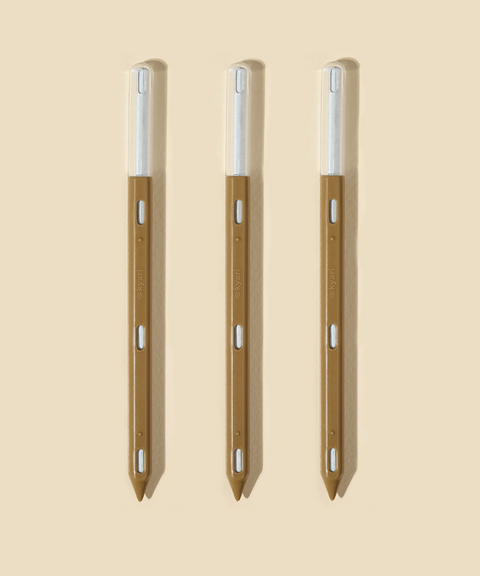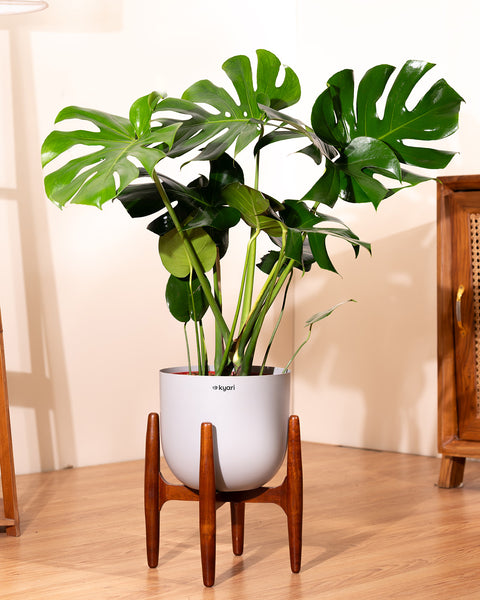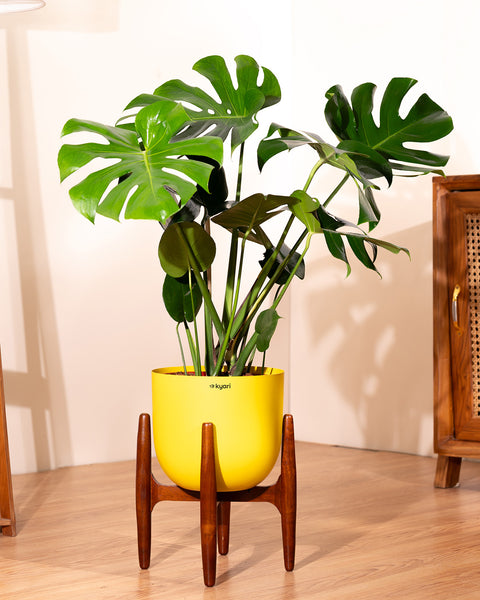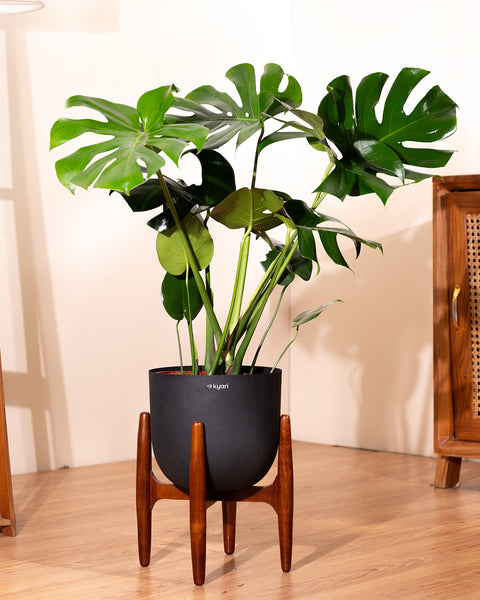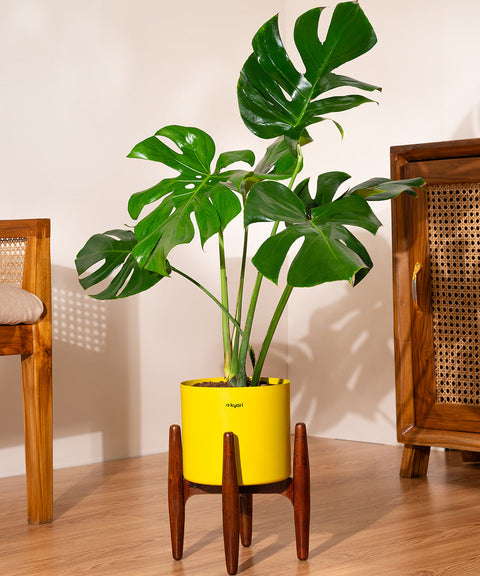Calathea Makoyana, commonly known as the Peacock Plant, is a tropical house plant. It is mostly admired for its intricate foliage, resembling peacock's feathers, hence the name. This plant, native to the Brazilian rainforests, requires special care and high maintenance for growing indoors.
In this article, let us talk about everything about Peacock Plant care—from its light, water and soil needs to humidity aspects as well as common problems faced. You can enjoy having a healthy peacock plant care routine at home, adding to the exotic touch to your space.
Peacock Plant Care
1. Light Requirements
The right light is the most important aspect of peacock plant care. Bright but indirect light can help this plant thrive well in indoor environments. Avoid direct sunlight as it can fade the patterns on the leaves.
The best light conditions are:
-
Plant placed near north or east facing window with sheer curtains.
-
Avoid direct afternoon sunlight, which can cause leaf burn.
-
Use LED grow lights, in case natural light is insufficient.
2. Watering Needs
This special plant is water-quality and water-frequency sensitive. On one hand, moist soil supports its growth, on the other hand, overwatering causes root rot, eventually killing the plant.
Best watering practices:
-
Usage of filtered, distilled, or rainwater gives the best results. The presence of chlorine and fluoride in tap water makes it intolerable for peacock plants, hence not to be used.
-
Water and hydrate the plant whenever the topsoil feels dry. Never allow the soil to dry completely.
-
In winter, water the plant less. Plant growth may slow down with more water.
-
Use pots with drainage holes, preventing excess water accumulation.
3. Humidity and Temperature
High humidity and warm temperatures are supportive aspects for peacock plant growth. Insufficient humidity may lead to curling and drying of leaves or the development of brown edges.
Maintaining right humidity:
-
Ideal humidity levels are between 60 to 80%.
-
Create a consistent humid environment using a humidifier.
-
Mist the leaves every few days. But no excessive misting to prevent fungal growth.
-
For increasing the humidity in a natural way, place the peacock plant on a tray of pebbles with water.
Ideal Temperature requirements:
-
The ideal temperature for peacock plant care is between 18 degrees to 27 degrees Celsius.
-
Don’t place the plant near air conditioners or heaters. Places with sudden temperature changes can stress the plant.
4. Soil and Potting
Healthy roots and proper drainage largely depend on the soil type. Soil that retains moisture yet drains well is ideal for peacock plant care.
Best Soil Mix:
-
A light and well-draining potting mix of 50% peat, 30% perlite and 20% orchid bark (or any organic compost) works the best.
-
Heavy clay soil retains too much water, and hence, a strict peacock plant doesn’t!
-
Repot the plant when the roots outgrow the pot or every 2 to 3 years.
5. Fertilizing Schedule
For the lush and vibrant foliage of your peacock plant, proper fertilisation is very essential.
Fertilization Tips:
-
A balanced liquid fertiliser diluted to half strength should be used.
-
Fertilisation should be done once a month during spring and summer (growing seasons).
-
Flush the soil every 2 to 3 months to avoid salt buildup due to fertilisation.
6. Pruning and Cleaning
For maintaining your peacock plant's shape and encouraging growth, regular pruning is essential. Also cleaning of leaves is very important as dust accumulation on the leaf surface can prevent absorption of light.
Pruning Tips:
-
Regular trimming of yellow, brown or damaged leaves, preferably with sterilised scissors.
-
Dead or wilting leaves need to be removed from the base, for improving air circulation.
-
Clean dust from the leaves by gently wiping with a damp cloth.
7. Common Problems and Solutions
Like every plant, these plants can also face problems in spite of proper peacock plant care. Let’s check out the problems and how to fix them.
Brown Edges or Tips on Leaves:
-
Can be caused by low humidity, which can be avoided by increasing humidity with a pebble tray or a humidifier.
-
Due to tap water and chemicals; can be prevented by switching to filtered water or rainwater.
-
Can be a result of over-fertilisation, which can be prevented by reducing fertiliser application and flushing the soil with water.
Curling or droopy leaves:
-
Can be caused by less watering, so the plant should be watered whenever the top inch of soil is dry.
-
Can be due to temperature stress so a consistent temperature should be maintained.
-
Can be caused by dry air, so usage of a humidifier or misting is recommended.
Pests:
-
Can be due to dry indoor air. Increasing humidity can be helpful as pests grow in dry conditions.
-
Can be infected due to lack of leaf cleaning. The best way is to inspect leaves and clean the leaves with neem oil or a mild soap solution on a regular basis.
Final Thoughts on Peacock Plant Care
The Peacock Plant is not only a stunner but also a rewarding houseplant for plant lovers. Providing the right environment and care to this special plant, can help you keep its beautiful foliage year round.
Apart from its aesthetics, the peacock plant benefits us with its tropical feel, also improving air quality in indoor spaces. With proper peacock plant care and maintenance, your plant can thrive, adding charm to your home. Visit Kyari and add a touch of elegance to your home today.
Faqs on Peacock Plant Care
Does a peacock plant need sunlight?
Yes. But only indirect sunlight can help it thrive well. Direct sunlight can cause damage to the leaves. For best practice, place your peacock plant in filtered light.
How to maintain a peacock plant?
Follow the below steps to maintain a healthy peacock plant:
-
Keep soil moist. Avoid overwatering.
-
Maintain right humidity levels (60 to 80%).
-
Use filtered or rainwater. Avoid tap water.
-
Place the pot in bright, indirect sunlight.
-
Use diluted liquid fertiliser during the growing season.
Why are my peacock plant leaves turning brown?
Browning of leaves is usually due to low humidity, chemicals from tap water or over-fertilisation. These problems can be avoided by using a humidifier to maintain right humidity levels and usage of filtered or rainwater instead of tap water. Over-fertilisation can be prevented by flushing the soil with water to remove excess salts.








 Limited Time Deal
Limited Time Deal
 BYOB - Small Plants
BYOB - Small Plants











